Production of fourrées began almost as early as the production of the first coins in the 7th century BC.
The most common method for producing a fourrée was to take a flan of copper, wrap it with silver foil, heat it, and strike it with the dies. If the coin was sufficiently heated and struck hard enough, a layer of eutectic alloy would be produced, fusing the layers together.
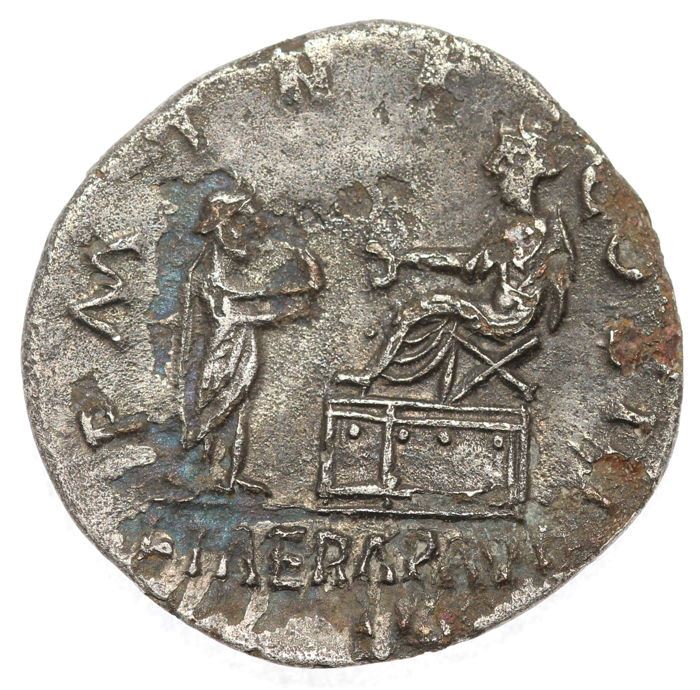

Reverse: The Dioscuri, each holding spear, on horseback right; two stars above; ROMA in exergue.
Die Orientation: -
Weight: 3.42 g
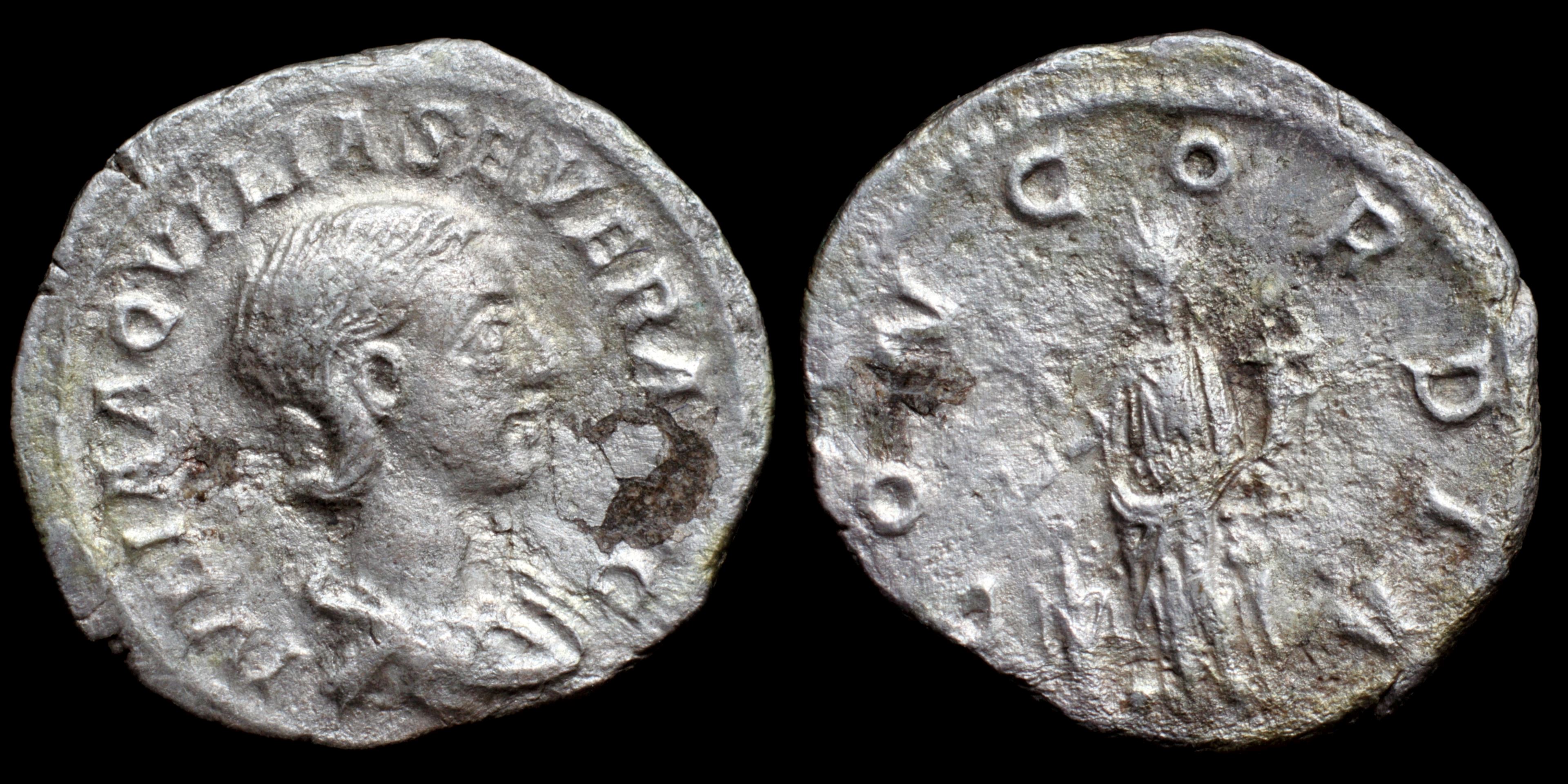
Reverse: Concordia standing left, sacrificing out of patera over lighted altar, holding double cornucopiae, * left; CONCORDIA
Die Orientation: -
Weight: 1.66 g
.jpg)
Reverse: Bull butting to the right; IMP•X in exergue
Die Orientation: 12 H
Weight: 2.18 g
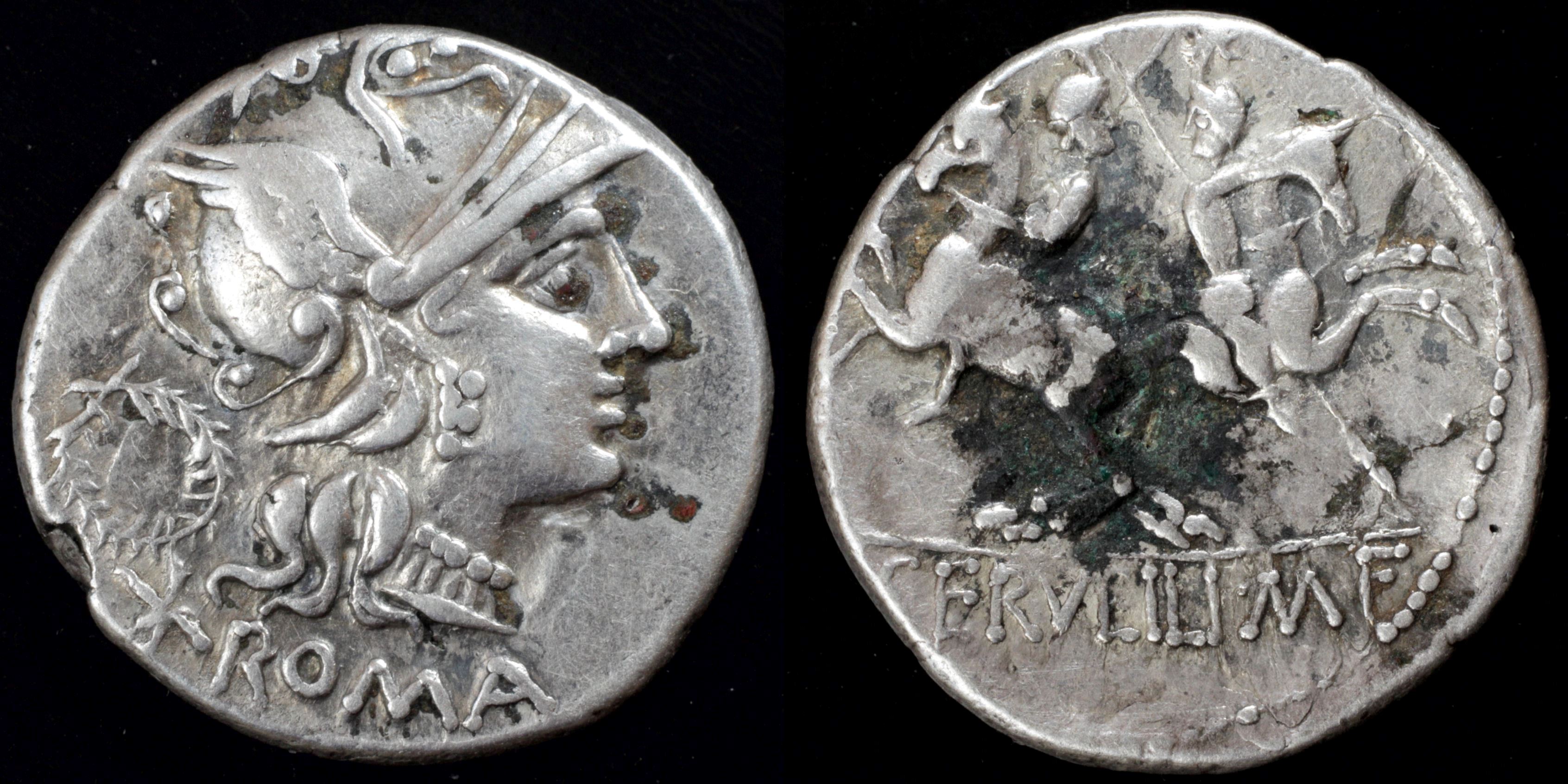
Reverse: the Dioscuri riding in opposite directions, heads turned confronting, each with star above his head and holding a spear C·SERVEILI·M·F
Die Orientation: -
Weight: 2.6 g
.jpg)
Reverse: PACI AVGVSTAE, Winged Pax-Nemesis advancing right, holding winged caduceus in left hand, pointing down at snake, holding out fold of drapery below chin with right hand
Die Orientation: 6 H
Weight: 2.29 g
.jpg)
Reverse: Three military trophies between capis and lituus; FAVSTVS monogram in exergue
Die Orientation: 1 H
Weight: 2.61 g
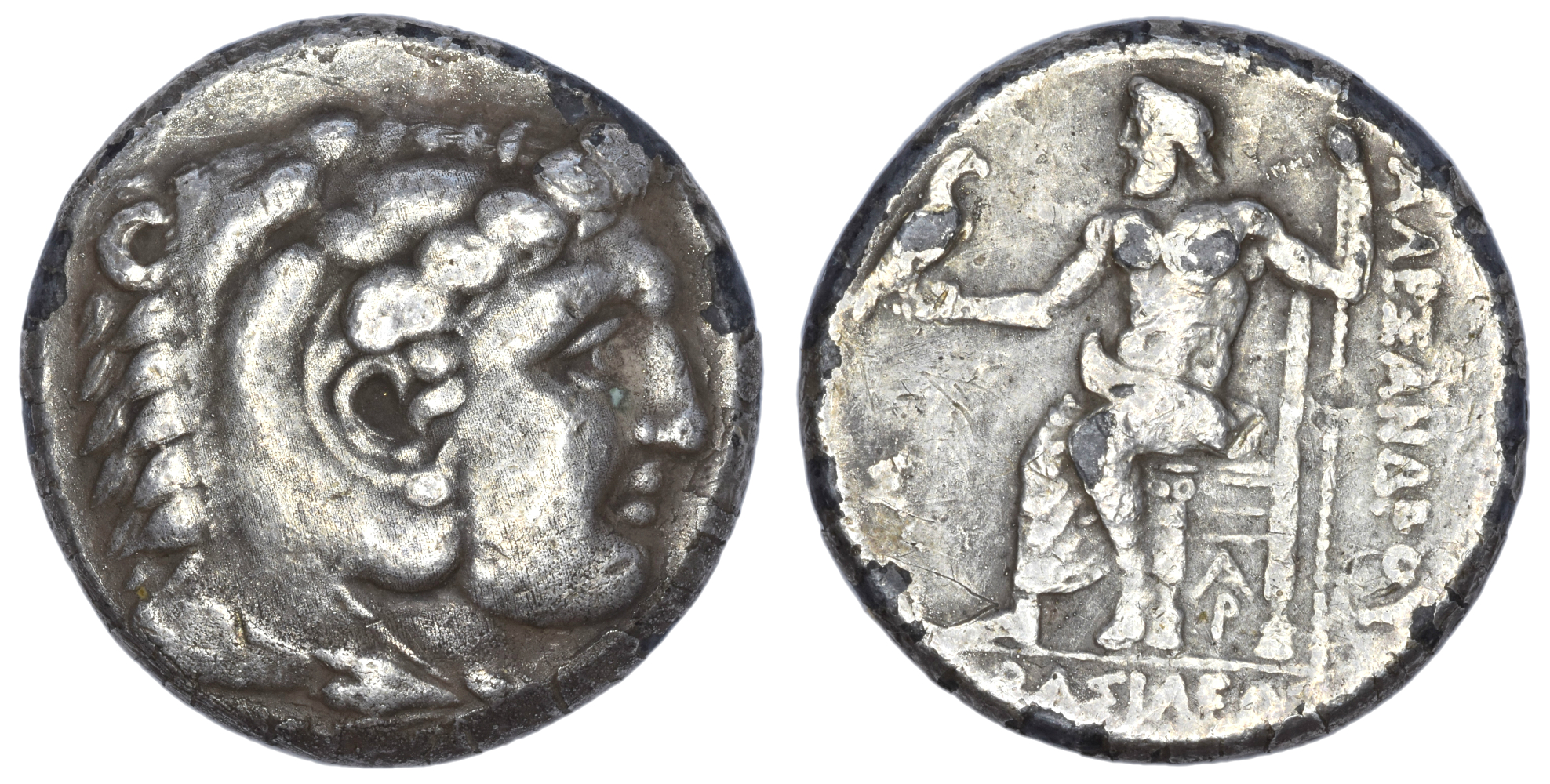
Reverse: Zeus Aëtophoros seated left; Σ in left field, AP monogram below throne.
Die Orientation: -
Weight: -
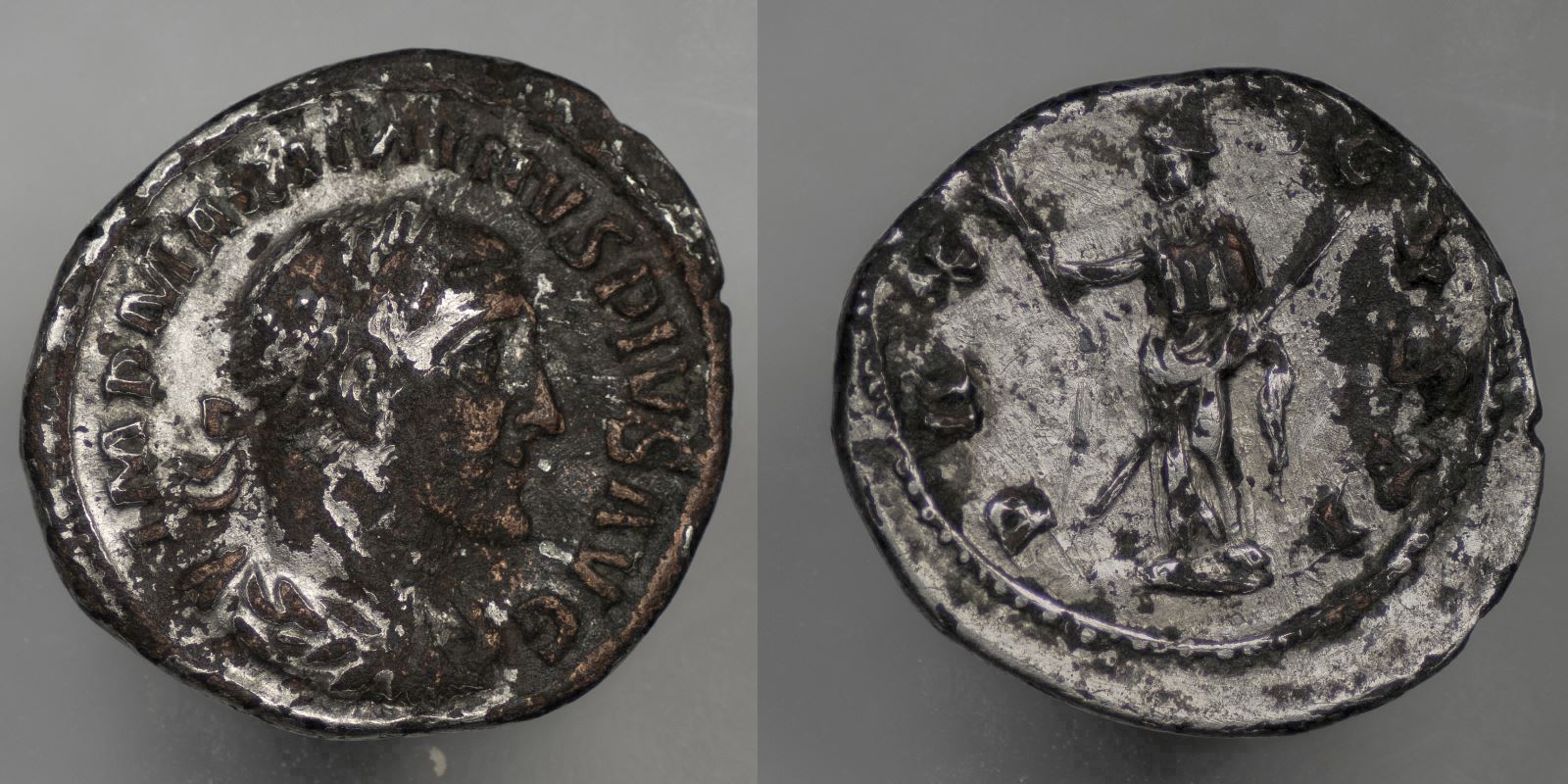
Reverse: PAX AVGVSTI, Pax standing facing left, holding branch and scepter
Die Orientation: 6 H
Weight: 3.24 g
.jpg)
Reverse: Incuse of obverse
Die Orientation: 12 H
Weight: 4.86 g
A bronze core fourrée of the aforementioned coin with plating entirely absent.
Denomination also called "Nomos".
.jpg)
Reverse: LIBERTAS PVBLICA, Libertas standing, holding pileus and vindicta
Die Orientation: 6 H
Weight: 3.36 g
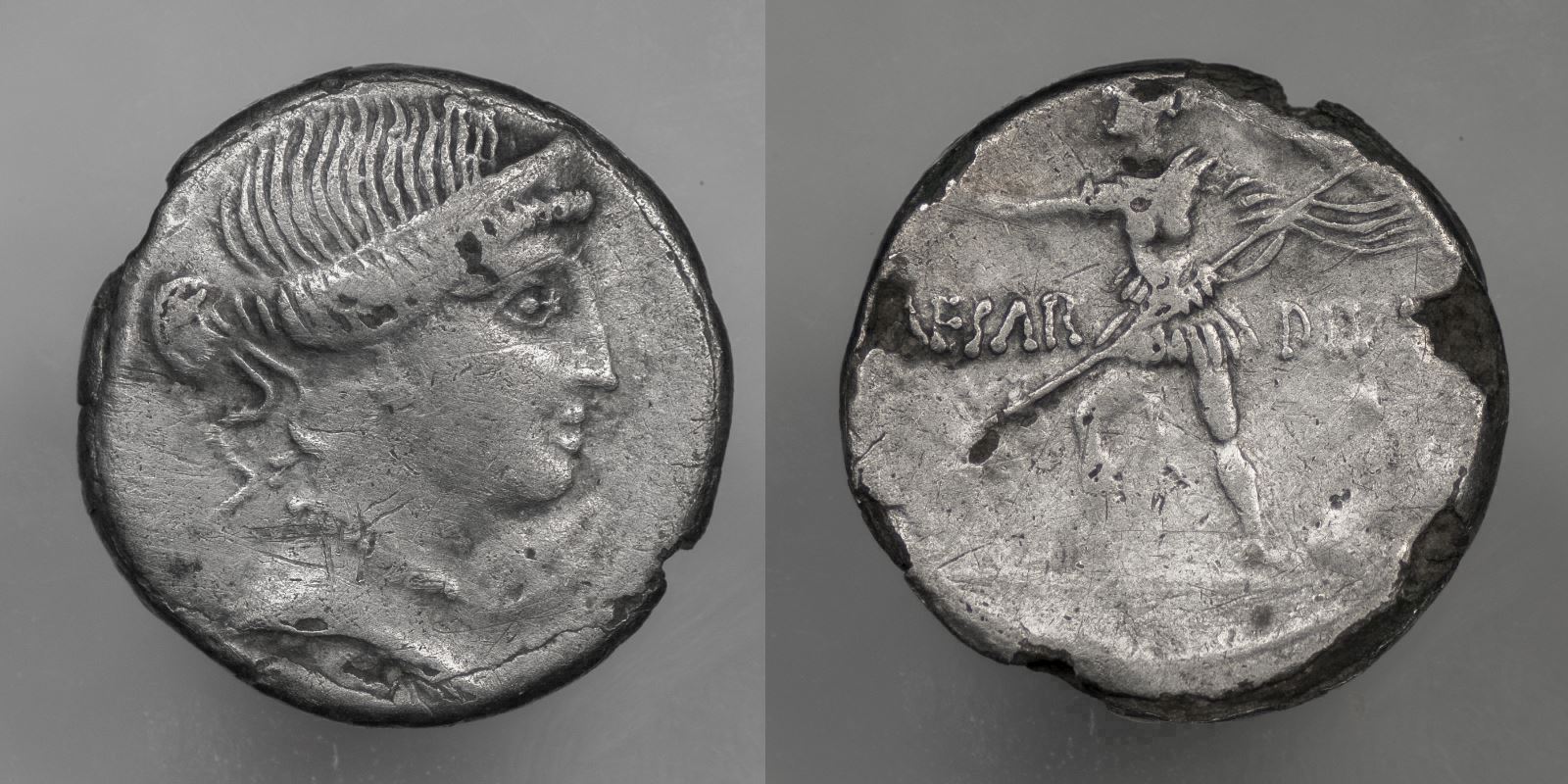
Reverse: CAESAR DIVI F, Octavian in military dress, cloak flying behind, advancing left, right arm extended, left hand holding transverse spear
Die Orientation: 6 H
Weight: 2.54 g
The below quote from forumancientcoins.com puts the coin in context:
"In July 32 B.C., Octavian illegally obtained Antony's will and exposed it to the Roman public: it promised substantial legacies to Antony's children by Cleopatra and left instructions for shipping his body to Alexandria for burial. Rome was outraged, and the Senate declared war against Cleopatra (an important distinction, because Octavian did not want the Roman people to consider it a civil war). Octavian's forces decisively defeated the forces of Antony and Cleopatra at the Battle of Actium in Greece in September 31 B.C. In 30 B.C., Octavian chased Antony and Cleopatra to Egypt where they committed suicide. Octavian became master of the Roman world."
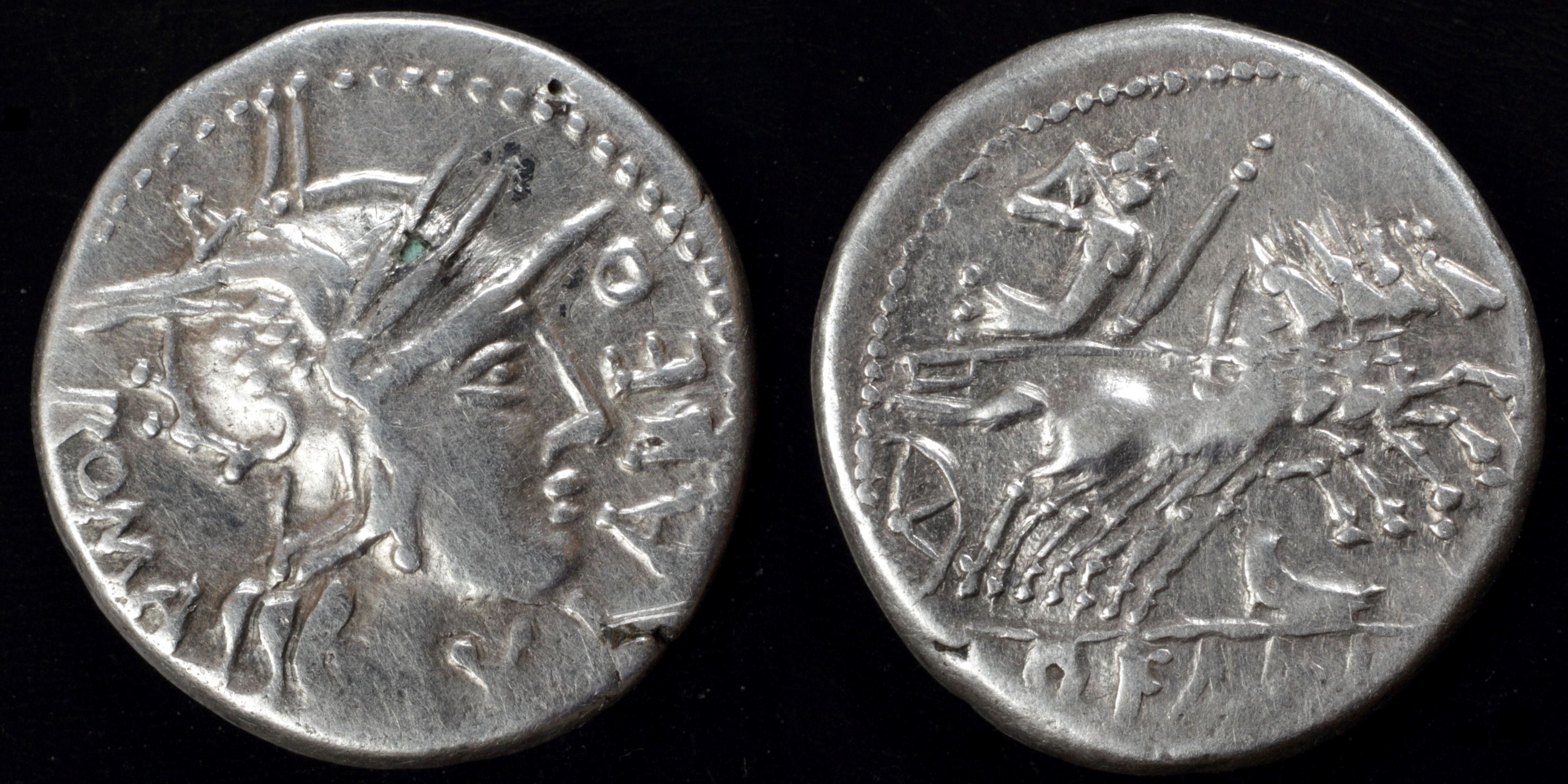
Reverse: Jupiter in quadriga right, holding reins and scepter, hurling thunderbolt, rostrum tridens below Q·FABI
Die Orientation: -
Weight: 3.1 g
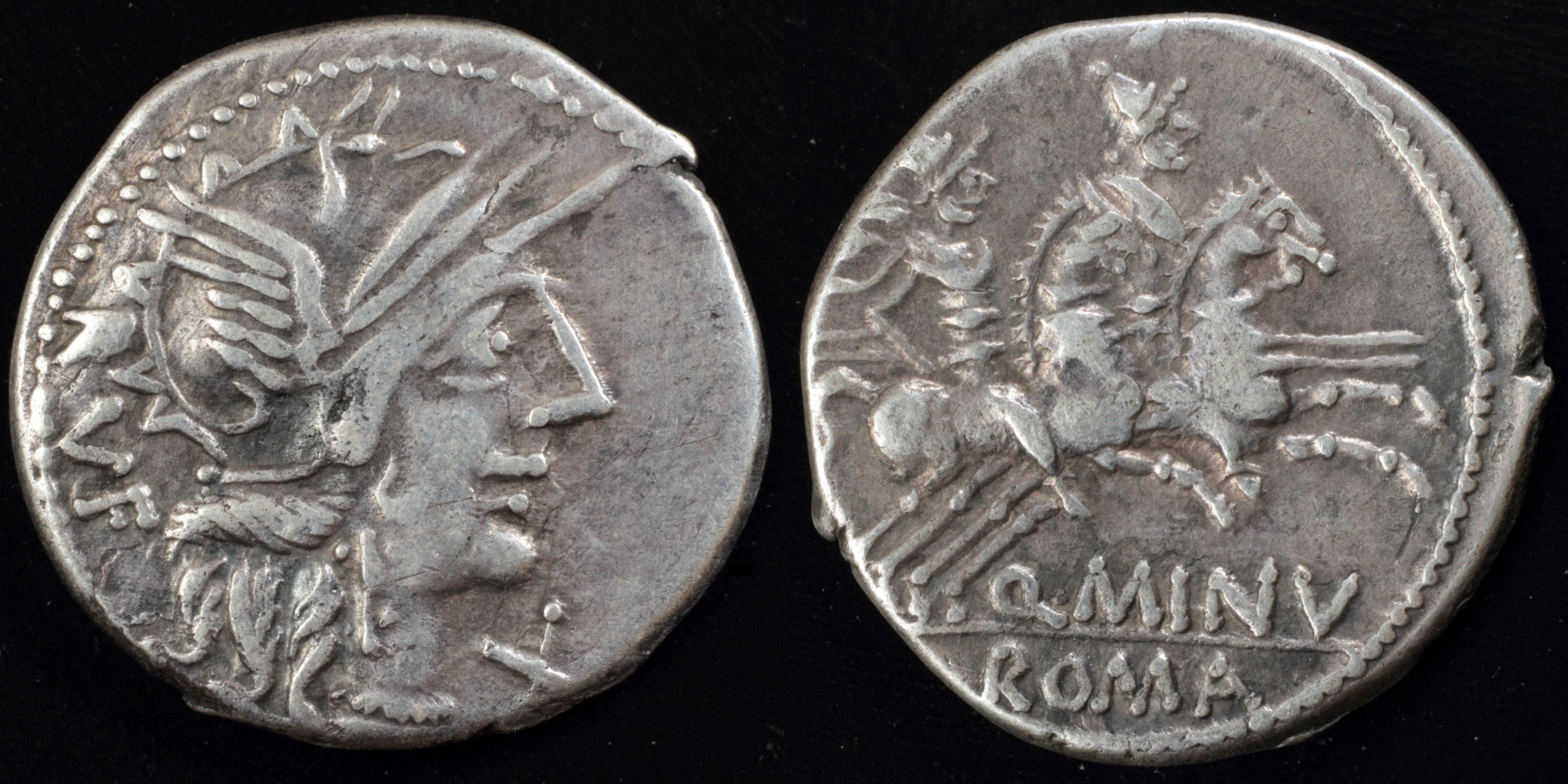
Reverse: Dioscuri riding on horses right, holding spear Q·MINV ROMA
Die Orientation: -
Weight: 2.9 g
.jpg)
Reverse: horseman with spear riding right; SEKoBiRIKeS
Die Orientation: -
Weight: 2.4 g
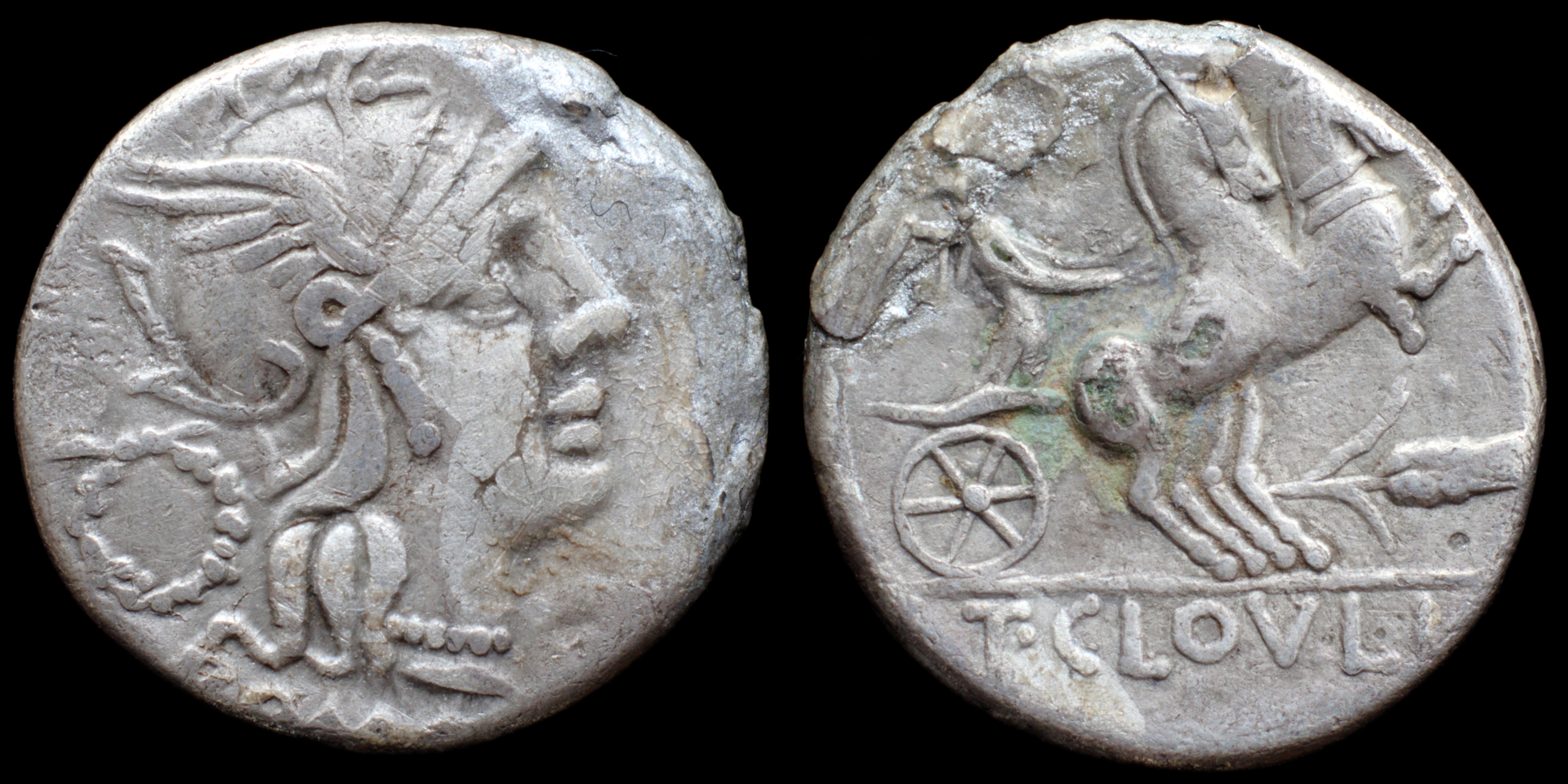
Reverse: Victory in biga right, horses rearing, grain ear below T·CLOVLI
Die Orientation: -
Weight: 2.7 g
unofficial issue - fouré denarius Absence of value mark is very unusual in this period (if it isn't hidden in wheel).
.jpg)
Reverse: TITVS ET DOMITIAN CAES PRIN IV, Titus and Domitian, seated facing left side by side on curule chairs, each holding branch extended in right hand, left hands at side
Die Orientation: 6 H
Weight: 2.27 g
